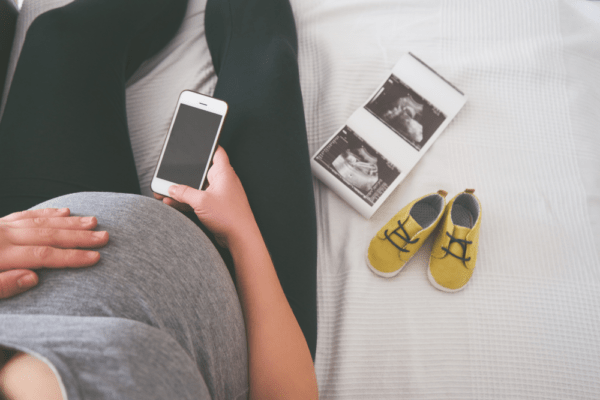Pelvic inflammatory disease (PID) is an infection of the female reproductive organs, including the uterus (womb), Fallopian tubes (tubes), ovaries, and cervix. Most common serious infection among young women, PID is usually caused by a sexually transmitted infection (STI) when the bacteria travels from the vagina to the womb (uterus), fallopian tubes or ovaries.
Most cases of pelvic inflammatory disease are caused by Chlamydia, and/or gonorrhea although other infections that are not STIs can also cause PID. The infection can cause tissue inside the fallopian tubes to become scarred, which can damage the fallopian tubes or block them completely. If the condition is left undetected or untreated, can damage a woman’s reproductive organs, causing trouble getting pregnant, problems during pregnancy, and long-term pelvic pain.
What are the symptoms of PID
Pelvic inflammatory disease manifests differently in different women. Symptoms can be severe, minor or even nonexistent in some. The most common signs and symptoms include:
- Pain in the pelvis and lower abdomen
- Vaginal discharge with an unpleasant odor
- Irregular menstrual periods, such as extra-long periods, spotting, or cramps throughout the month
- Chills, fever, nausea, diarrhea, and vomiting
- Pain during sexual intercourse
How does PID develops
You can get pelvic inflammatory disease if the bacteria move up from your vagina into your reproductive organs.
Pelvic inflammatory disease usually develops in a two-stage process. First, during sexual contact, the germs spread to the woman’s cervix ((opening of the uterus). Then, the bacteria can migrate up to the uterus, fallopian tubes or ovaries. Less commonly, pelvic inflammatory disease can develop if bacteria get into the upper portions of the reproductive tract after childbirth.
Sometimes PID can occur after the cervix is treated because of an abnormal Pap smear or after the insertion of an intrauterine device (IUD). However, possibility of that happening is rare.
Who are more likely to get PID
Pelvic inflammatory disease is most common in women younger than age 25. About one third of women who have had pelvic inflammatory disease have the potential to develop the infection again. Women who are sexually active are more likely to develop PID. Women who have had an STD have a higher risk of getting pelvic inflammatory disease, as do those who have already had a previous pelvic infection are also at an increased risk of pelvic infection.
Apart from STIs, pelvic inflammatory disease can sometimes develop through douching as well. Douching can push bacteria into the reproductive organs and cause PID.
Treatment options
The primary treatment for pelvic inflammatory disease is antibiotics. Antibiotics for gonorrhea and chlamydial infection are usually given by mouth or by injection into a muscle. If needed, the antibiotics are changed after test results are available. Because pelvic inflammatory disease often is caused by more than one type of organism, most times two or more antibiotics may be necessary.
The sooner your PID is treated, the better. The longer PID is left untreated, the more damage it can cause, and the more likely there will be complications.
Antibiotics can be taken by mouth or intravenously (through a vein). If you use oral antibiotics, it is important to finish all of the medication, even if the symptoms go away. This is because the infection can still be present after the symptoms disappear. If you don’t, your symptoms may get worse.
Check in with your doctor two to three days after beginning treatment to report your progress.
Some women with a severe infection need to be hospitalized to receive antibiotics intravenously. If fever and pain do not improve after several days, you may need a pelvic ultrasound or computed tomography (CT) scan to see if an abscess has formed.
Preventing PID
There is really no guaranteed way to prevent pelvic inflammatory disease. PID is not only caused by STIs; sometimes, normal bacteria in your vagina can travel up to your reproductive organs and cause PID. However, you can lower your risk of the condition by taking a few cautionary steps.
- Using condoms. Using protection during sexual intercourse can reduce your chances of getting infected. Women with more than one sex partner also should make sure their partners use condoms every time they have vaginal intercourse to avoid the risk.
- Getting tested. Be sure you and your partner are tested for STIs.
- Not douching. Douching removes normal bacteria from your vagina that help to fight infections. It also helps bacteria travel up to other areas of the reproductive tract where they can cause infection.
- Limiting sexual partners. Your risk of getting an STI increases with the number of sexual partners you have.
Because most cases of pelvic inflammatory disease are linked to STDs, treating a woman’s sex partners is equally essential to prevent repeat infections.
When to call the doctor
If you are experiencing any signs or symptoms of PID, and can’t find relief through medications, consult your doctor as soon as possible.




